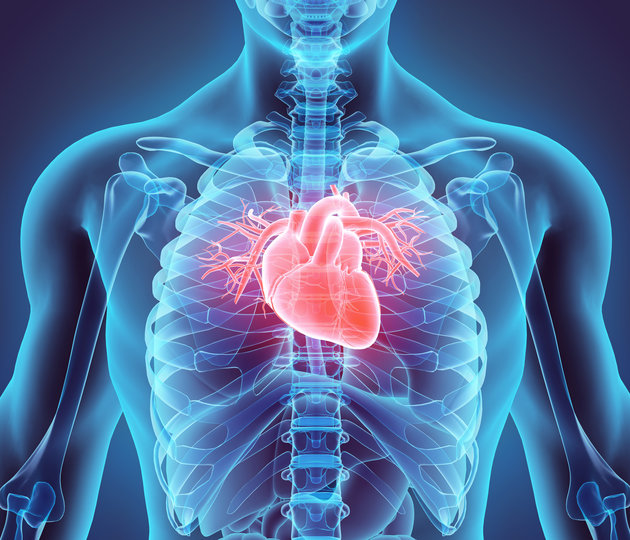Scientists Have Worked Out How To Save A ‘Dead’ Heart After A Heart Attack

Surviving a heart attack is only half of the battle as 20% of patients will go on to have another cardiac arrest within 12 months of the first one, partly because the organ has been weakened and developed scar tissue.
As a result, scientists have been trying to work out how they can save hearts and restore the muscle, instead of just allowing the dead tissue to make people prone to future problems, and ultimately more likely to die.
Now a new study has shown how this can be done, using a single gene.
A team from the University of University Of Alabama looked at how heart stem cells (known as cardiomyocytes) grafted onto damaged areas – effectively as a repair patch – could be made more successful by overexpressing a gene in them.
The experiment showed that the overexpression of a gene, cell-cycle activator gene CCND2, “significantly” enhanced the repair of the dead muscle.
This is because the cells grow and divide more than grafted cells in a control.
This increasing growth and division resulted in increased re-muscularisation of the heart at the dead-tissue site of the attack, better heart function and decreased size of dead tissue.
And not only did they regenerate muscle, the genes also increased new blood vessel formation at the border zone of the infarct (where the obstruction was).
Using stem cells derived from human-induced pluripotent stem cells, on this occasion they injected them into a mouse model, but the team hopes that this treatment will be used clinically for human heart attack patients in the future.
In the UK, one in seven men and one in eleven women die from coronary heart disease every year – the majority of which is a heart attack – according to the British Heart Foundation.
Source: Huffington Post UK